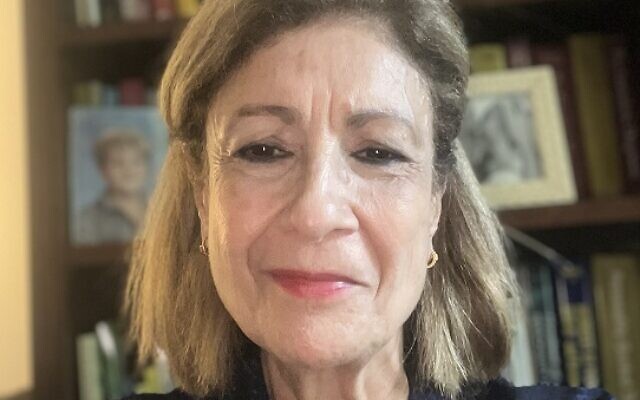ADD Treatment is Not Just for Kids Anymore
For nearly 10 years, physicians have been writing more prescriptions for adults with ADD than for children.

For more than 40 years, Annie Cooper has practiced psychiatry. For many years, she has been a staff psychiatrist at Piedmont Hospital and maintained an active private practice. During her long and very productive career, she has had ADD, attention deficit disorder.
Like so many with ADD, she first began to notice the difficulty she had concentrating in school when she was a child, growing up in France. On the advice of a teacher, she began taking amphetamines, which, at the time, in France, were sold over the counter. Her symptoms eased, almost overnight.
Like most of those with ADD or ADHD, attention deficit hyperactivity disorder, the condition persisted into adulthood. It was not until the late 1970s when she was doing her residency in psychiatry in America that she really began to understand the condition that she had struggled with for so many years.

“I made my own diagnosis. It wasn’t discussed much then, but I figured it out. Amphetamines were illegal in America, so I had to try to function without them. Drinking tons of coffee, and smoking cigarettes, I was like a lot of people who had difficulty concentrating. We managed with coffee and nicotine.”
It was not until 1994 that a formal diagnosis was adopted by the medical community. Coincidentally, it was the same year that a best seller first appeared about recognizing and coping with the condition in children and adults. It was not until 2013 that a diagnosis for adults first appeared in DSM-5, the American Psychiatric Association’s official diagnostic guide.
In the years since, millions of children have been prescribed Ritalin or Adderall or Vyvanse to control the disorder. But in the last several years, adults are increasingly crowding into doctors’ offices for treatment, particularly in the United States.

Between 2007 and 2016, according to one study, the reported diagnosis for adult ADHD increased by 123 percent, which was an even faster rise than the reported incidence in children. During the last decade, more prescriptions for ADHD have been written for adults than for children. In England, the wait for a psychiatric exam for ADHD in the overburdened National Health Service is five years. The Centers for Disease Control reports that in the U.S., 5 percent of men aged 21 to 25 have the condition.
Along with the rise in treatment statistics, interest in ADHD has mushroomed. Videos tagged as #ADHD have been viewed 11 billion times on TikTok, the popular social media video platform. Most of those who posted the short segments were young adults who mentioned having such symptoms such as difficulty in concentrating and in controlling their emotions.
During the pandemic, when medical consultations by video conferencing were encouraged, it became easier to obtain ADHD medications. Several tele-health providers were accused of relaxing their diagnostic procedures in favor of a quick buck.
I made my own diagnosis. It wasn’t discussed much then, but I figured it out. Amphetamines were illegal in America, so I had to try to function without them. Drinking tons of coffee, and smoking cigarettes, I was like a lot of people who had difficulty concentrating. We managed with coffee and nicotine.
Part of the problem is that there are too few doctors with the training to do a proper evaluation. Many psychiatrists have even received little or no formal training in specifically diagnosing ADD in adults.
Annie Cooper looks with skepticism at those primary care physicians and nurse practitioners who feel confident to write a treatment plan without the considerable training it takes to make a final diagnosis. She is particularly wary about evaluating older women who are menopausal and complain about the inability to concentrate properly.
“It’s a lifetime condition, whether it’s recognized early or not, it’s always been there. It’s not always been assessed. It’s not just something that appears in menopause, for example, when you have less estrogen…and you don’t sleep as well. Your sleep is much lighter, and not as restorative. And what is happening is that it’s not ADHD. It is a sleep condition that needs to be addressed.”
Then there is the problem of drug abuse. The medications used to treat ADHD are schedule 2 medications, like oxycodone and fentanyl. Cooper points out that prescriptions for the drugs cannot be refilled without a consultation with a physician. Some insurance providers will approve a three-month supply, while others say that prescriptions can be written only one month at a time.
The restrictions on writing prescriptions, coupled with the fast growth in adult ADD diagnoses, has created big problems for physicians, like Cooper, who are concerned about getting medication into the hands of people who really need it.
“With electronic records, the physician sends the prescription directly from their computer to the pharmacy’s computer. So, it’s a direct order from the doctor’s office to the pharmacy. And if they don’t have it in stock…it has to be done repeatedly until you have a pharmacy that can fill it. It becomes a medical nightmare. It’s crazy.”



comments